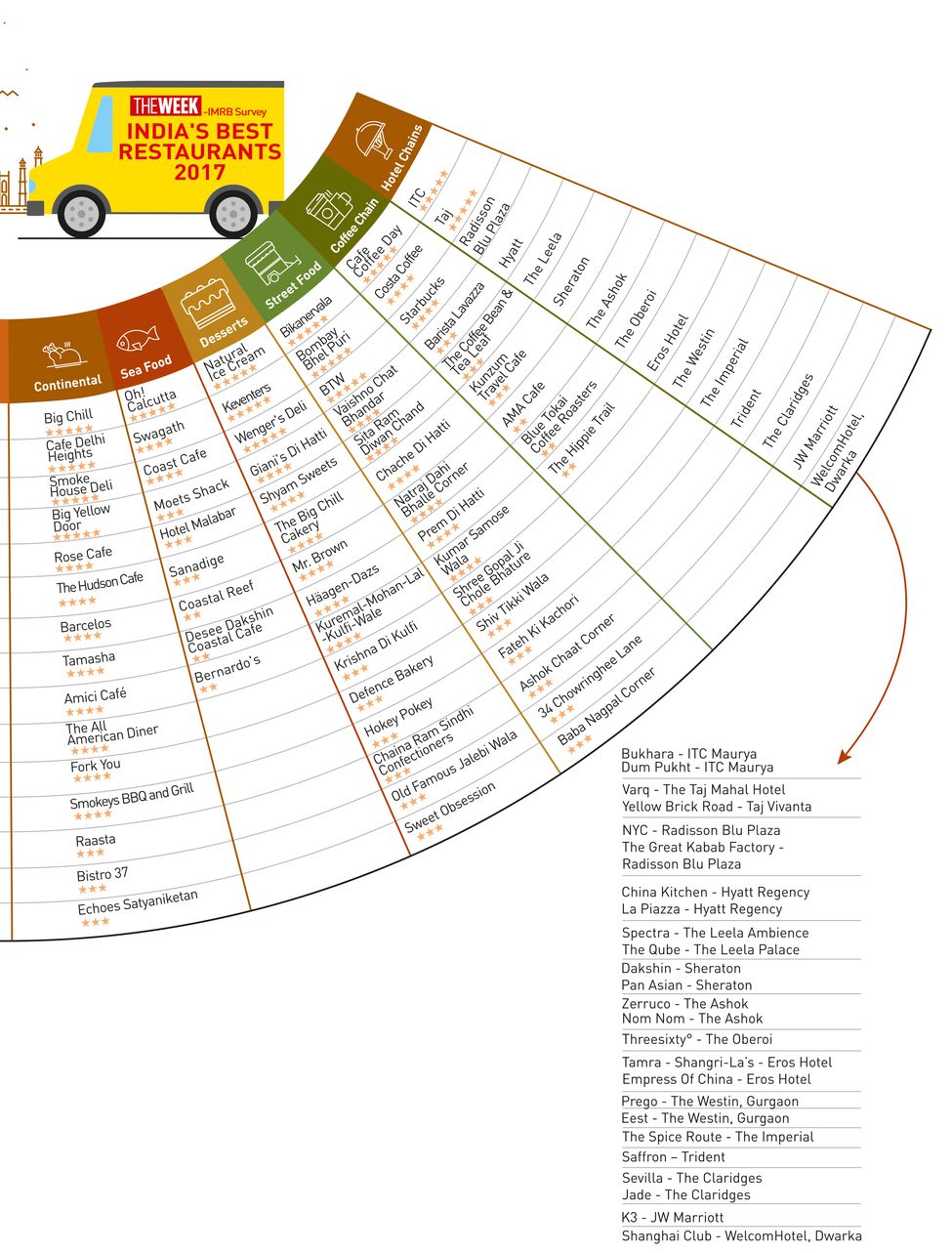At noon, the aroma from the internationally acclaimed restaurant Bukhara entices you like the smell of musk lures a deer. Basking in its old-world charm, the high-end diner offers tandoor-cooked Indian dishes. Against a backdrop of skewers on which different types of meat and colourful vegetables are hung, one can find a team of chefs pacing up and down the half-moon shaped open kitchen. Near the kitchen entrance, a big vessel sits atop a charcoal-fired clay oven, and every time a chef passes it, a patient stir is given—a convention.
“Slow cooking is the secret ingredient of the iconic dal Bukhara [the signature dish of the restaurant],” says executive chef J.P. Singh, as he picks up the ladle to stir the vessel. Made using whole black lentils, tomatoes, ginger and garlic, the dish is cooked for 18 hours. Before Bukhara closes for the day, the dal is put on a slow fire to cook overnight. In the morning, it is transferred to another vessel and left to simmer. “Till the last order, it is never taken off the fire, and is served straight from the stove,” says Singh. The restaurant has sold more than two million plates of dal Bukhara.
 Culinary maestro: Chef J.P. Singh says that every dish at Bukhara is a masterpiece | Arvind Jain
Culinary maestro: Chef J.P. Singh says that every dish at Bukhara is a masterpiece | Arvind Jain
Whether it is the spicy paneer tikka, tandoori aloo, barrah or mutton kebab, tandoori jhinga (roasted prawn) or murg malai kabab (creamy chicken kebab), Bukhara food melts in your mouth. While almost everything coming out of Singh’s kitchen is sumptuous, it is the dal Bukhara that has become synonymous with the restaurant, situated inside ITC Maurya in Delhi.
Bukhara’s guest list is packed with dignitaries. A recent guest was Prime Minister Theresa May of the UK. US Presidents Jimmy Carter, Bill Clinton, George W. Bush and Barack Obama have dined here. “During Bill Clinton’s first visit, his food and beverage manager stood right behind us and watched us like a hawk while we cooked, maybe suspicious of what we were making for the most powerful man in the world,” says Singh. “After less than an hour, he was a different person—affable and chatty, even learning a few cooking tips from us.” Apparently, Clinton liked the food so much that he visited five more times. When May came, Singh wanted an autograph but her staff dissuaded him. “They said it was impossible but she loved the food so much that she happily obliged,” recalls the chef.
Singh’s culinary affair didn’t begin with Indian cuisine. The botany graduate did his hotel management from Dadar Catering College, Mumbai, in 1981. After the course, he worked as a management trainee in Ambassador Hotel for a few months. The same year he joined the ITC Welcomgroup-run Sea Rock Sheraton as a chef de partie. “Then, I used to specialise in continental cuisine,” he says. “Those were the pre-liberalisation days and accessing imported raw material was difficult, which made competing with fellow international chefs almost impossible. So, I decided to shift to Indian cuisine.” Mumbai tested his mettle. “My starting salary was just Rs 550,” he says. “Out of this, I had to pay a monthly rent of Rs 250. To save money, I used to work in the other kitchens of the hotel after my morning shift from 7am to 4pm, so that I could have dinner at the hotel.”
After around eight years, the group sent him to head its Patna property. Here, Singh started focusing completely on Indian food. Three years later, in 1991, he joined Bukhara. A year after he joined, the executive chef there died in an accident. Shaken by the incident, eight members left the team. At the subsequent meeting that was called, Singh was chosen to captain the ship, which was then flailing in choppy waters. He currently has a team of 16.
While the food industry swears by change, at Bukhara, he had to focus on consistency. “The USP of the restaurant is that, since its inception in 1978, the flavours and the menu have remained unchanged, as we believe that each dish we serve here is a masterpiece. You can’t improve a masterpiece,” says Singh. They maintain the same cooking technique and butcher, prepare the spices and the raw material used for each dish in the same way, to maintain consistency.
“We haven’t changed our meat supplier for over two decades and use only Indian meat that is available throughout the year,” he says. “There are strict guidelines for buying raw material. “For tandoori jingha, we use jumbo prawns weighing between 80 and 100 grams. So, anything that is 79 grams will not enter my kitchen. The same goes for potatoes, capsicum, and other fruits and vegetables.”
Only upon recommendation by someone trustworthy can you get recruited to Bukhara. A new recruit has to start from scratch and spend three years in the back kitchen before making it to the front. “Once you are part of Bukhara, you are family and that is how we live, work and serve food,” says Singh. Perhaps this solidarity reflects in the food as well. As British restaurateur Jeremy King said: Bukhara has a soul!









